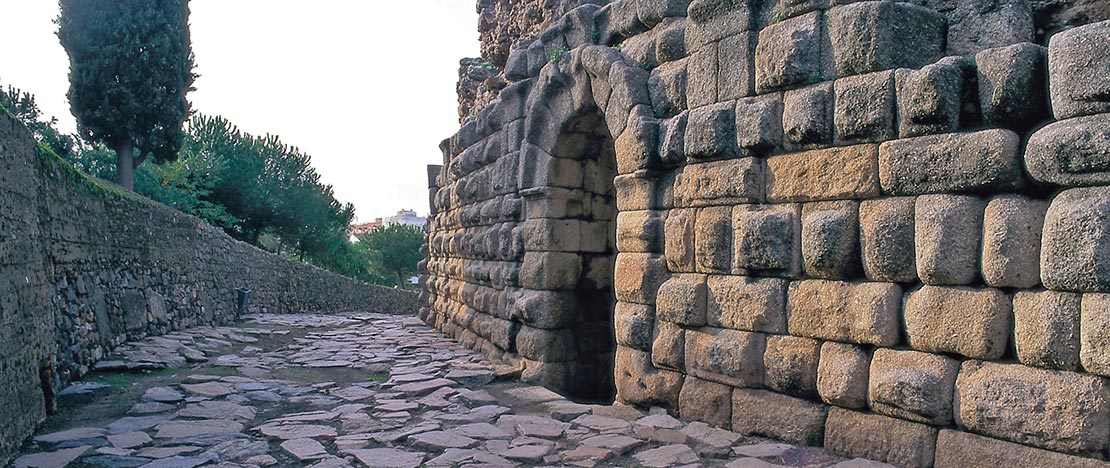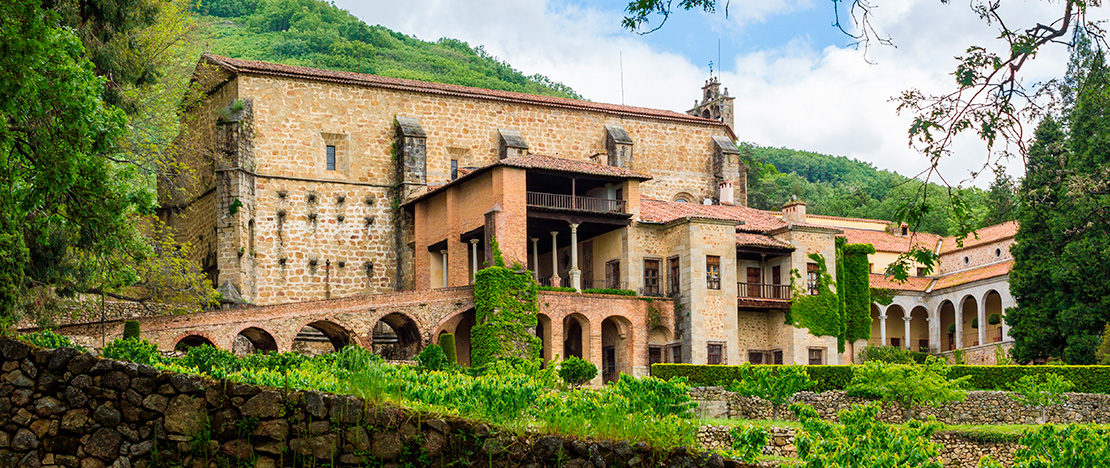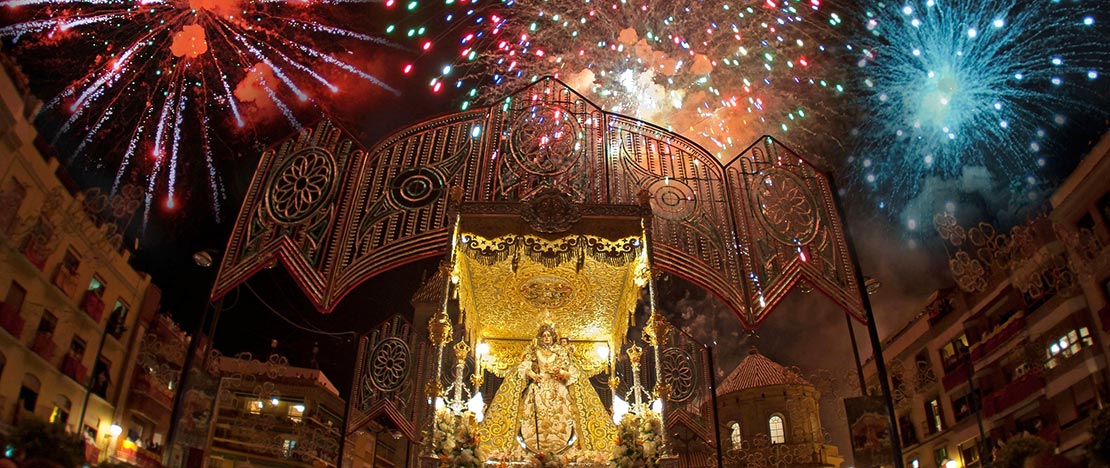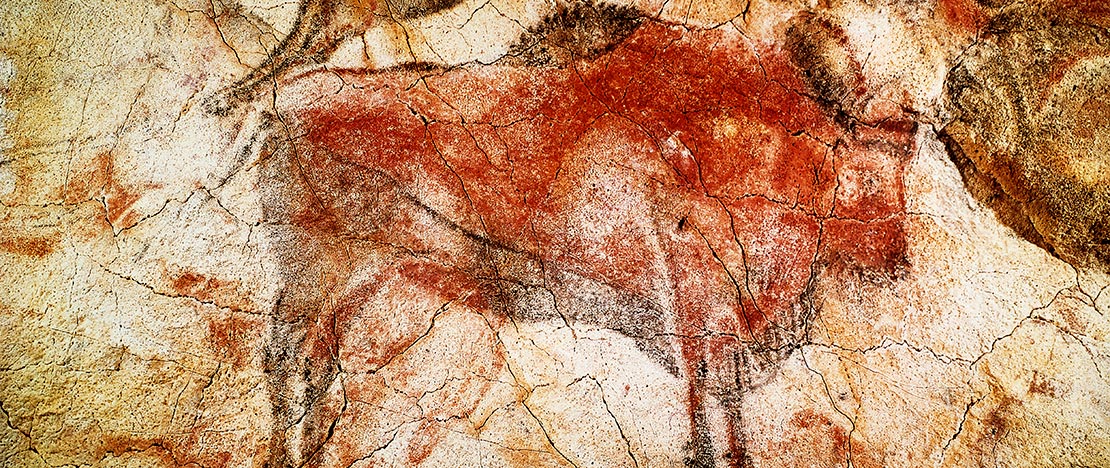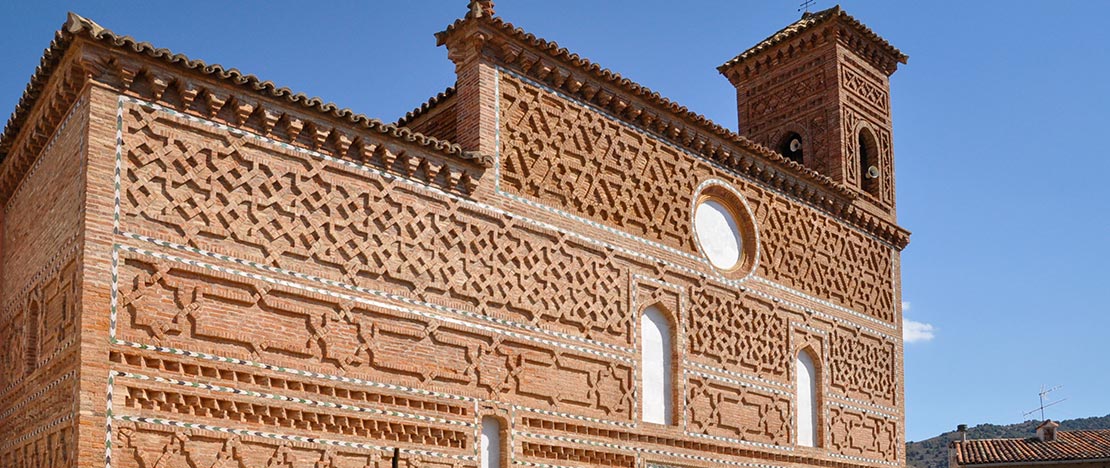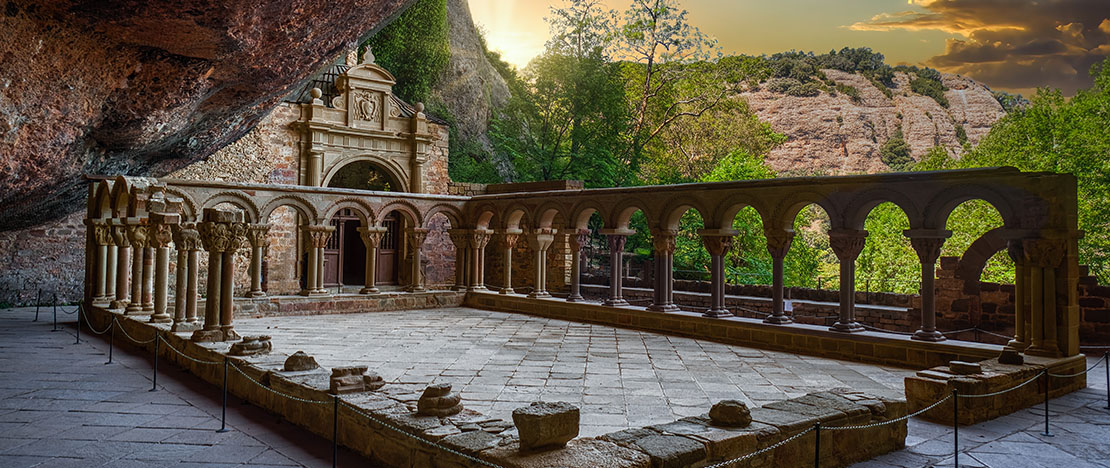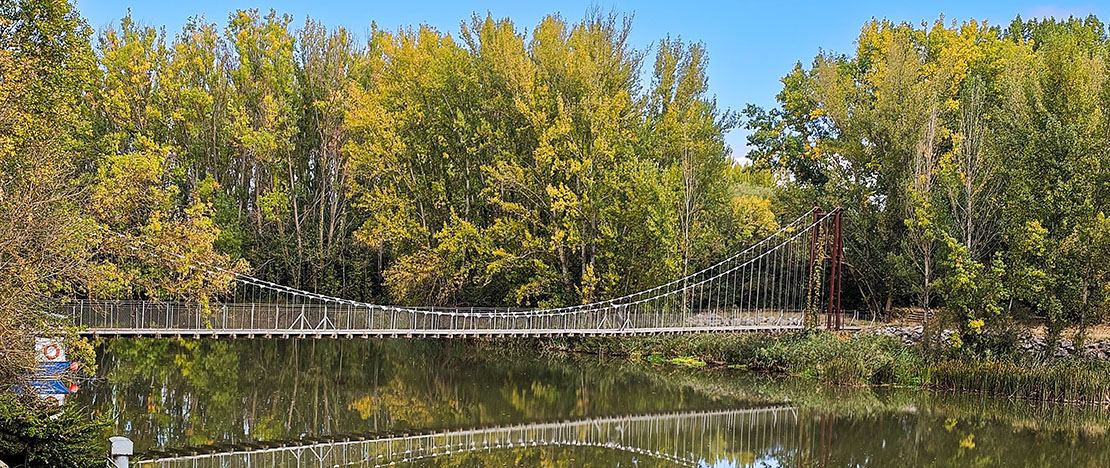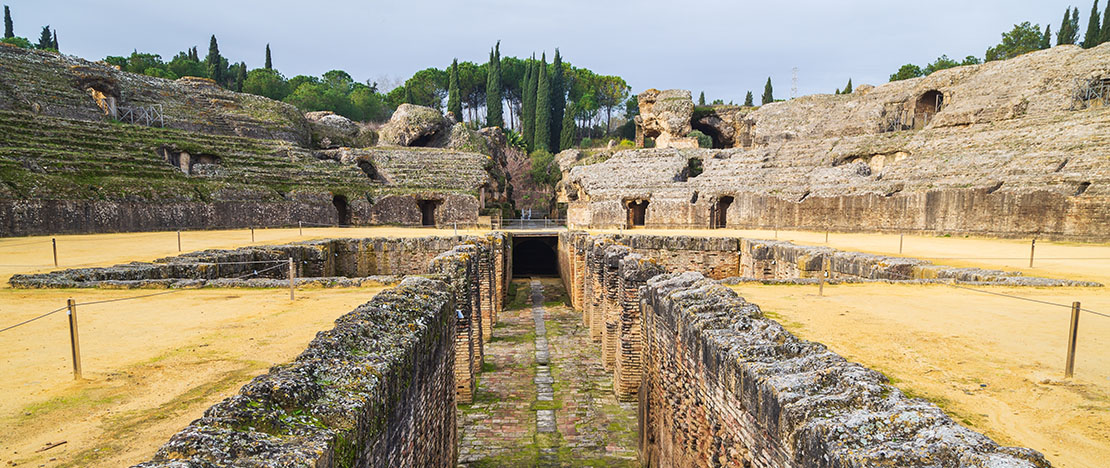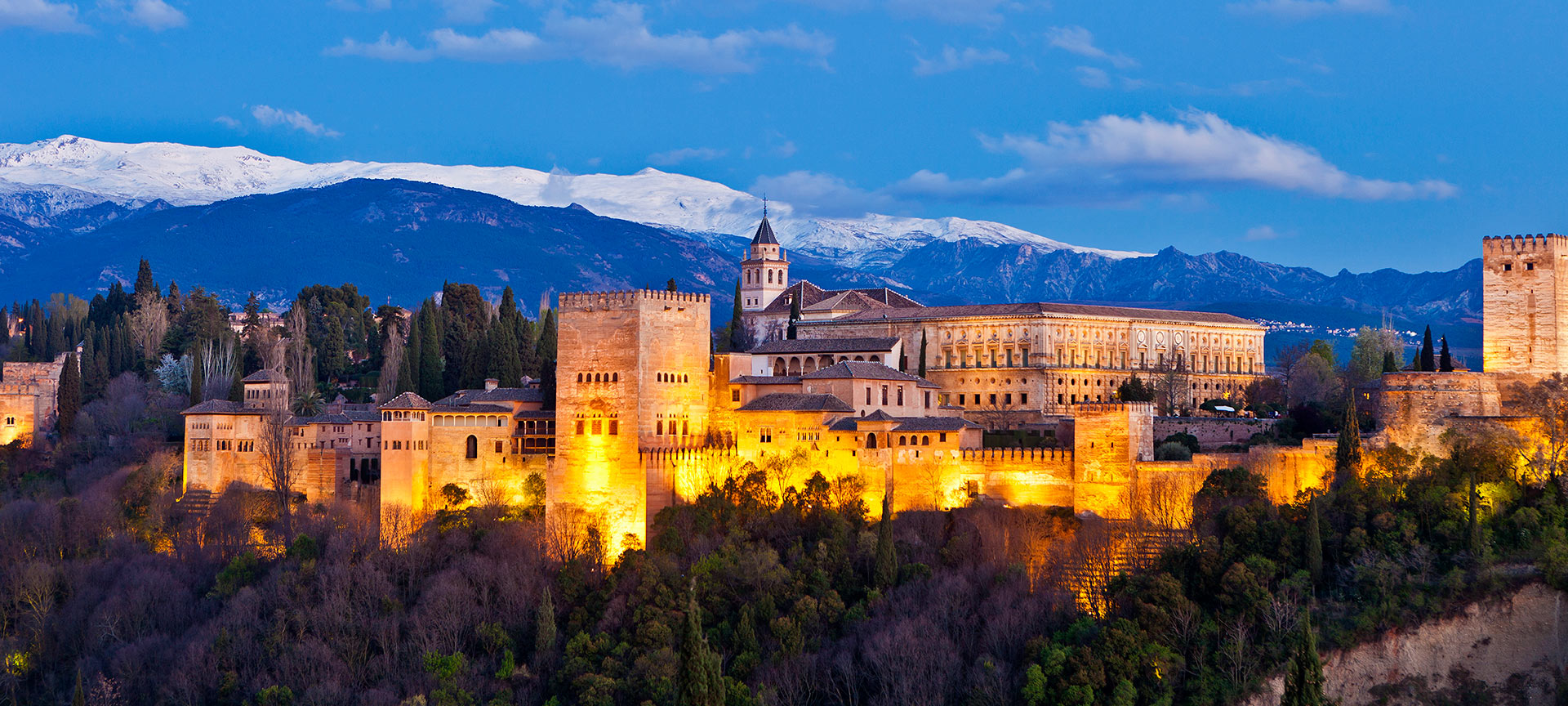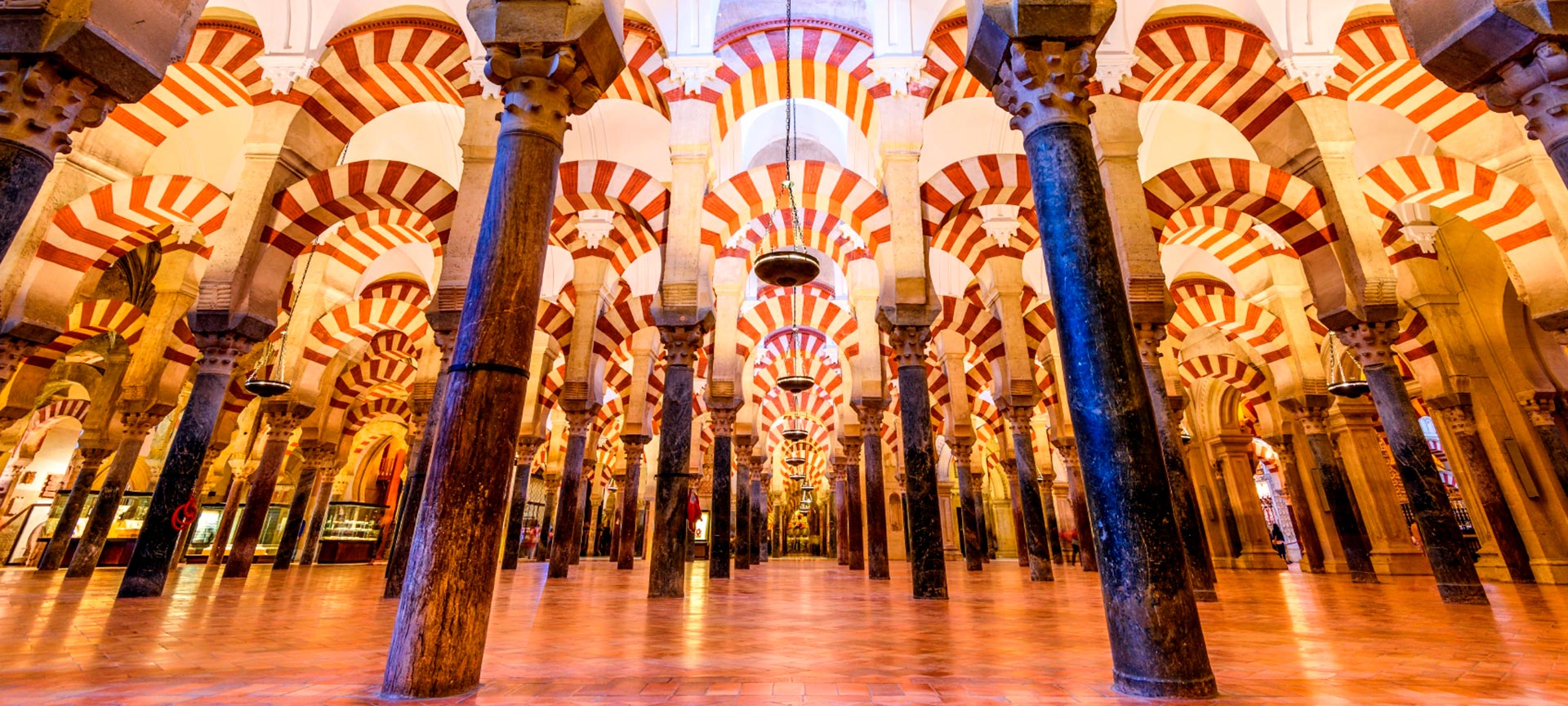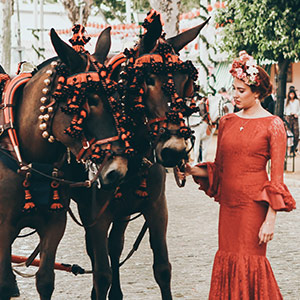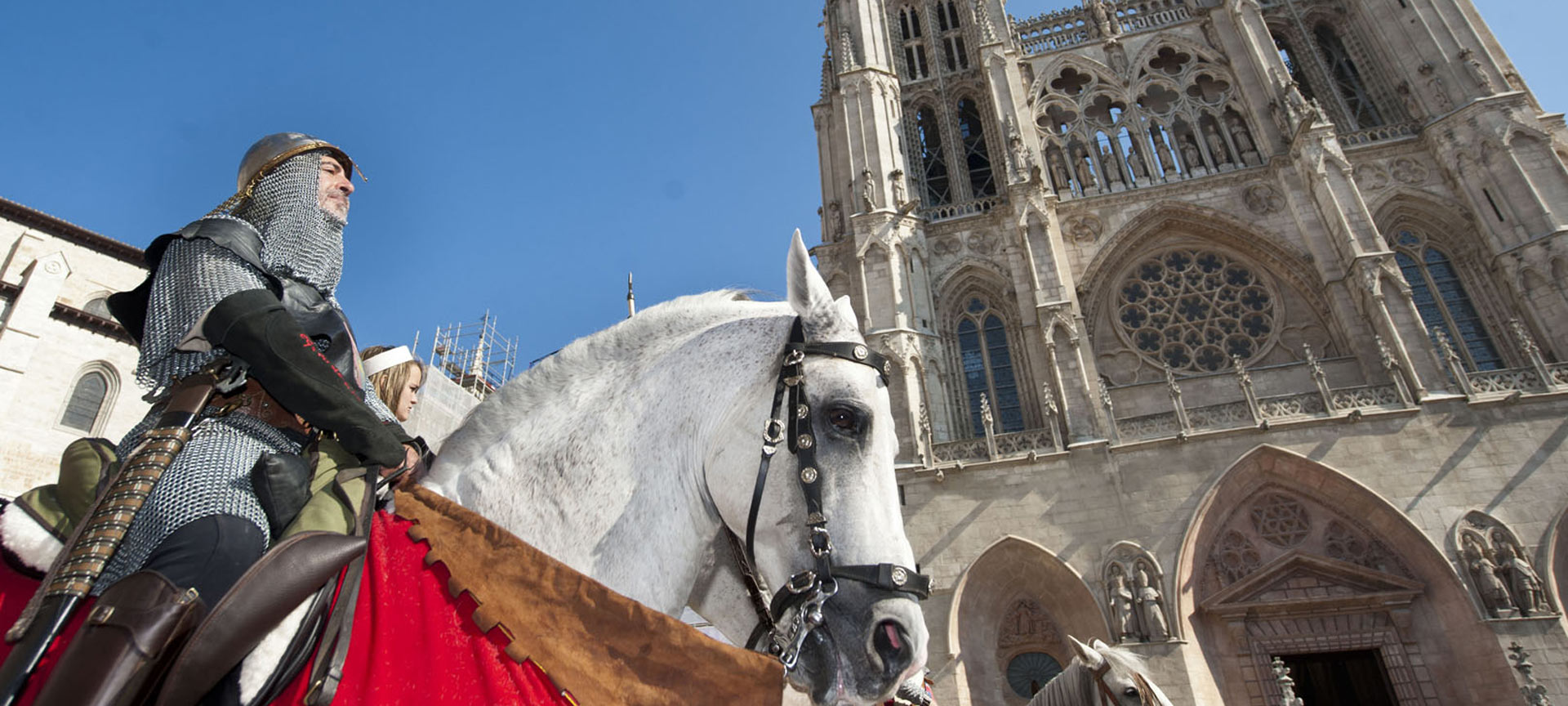
Cultural routes in Spain
These tours are the perfect way to visit Spain if you’re interested in its culture and history. They trace long routes through large areas to reveal the legacy of the many civilisations which have made their home here. You can pick and choose from the routes to suit the time you have available and the historic sites you want to see. These itineraries are pathways into the traditions of the areas they explore, bringing to life the words of the poet Machado: “Wanderer, there is no path, the path is made by walking”.You can check ticket prices on its website: https://www.spainculturalroutes.com/
Debe activar Javascript para poder utilizar este servicio
-
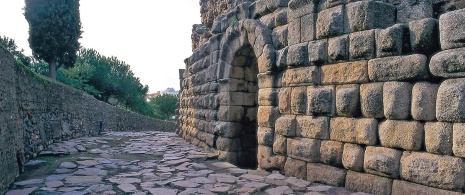
The Vía de la Plata (Silver Route)
This was the main road of the Roman Empire in Spain. It connected the north and south of Roman Hispania, and today leads to fascinating destinations like Seville, Cáceres, Salamanca, León, Gijón and Mérida. The latter houses one of the best-preserved Roman archaeological sites in the world, declared an UNESCO World Heritage Site, along with various monuments at other destinations along the route, such as Seville, Cáceres, León and Salamanca.
-
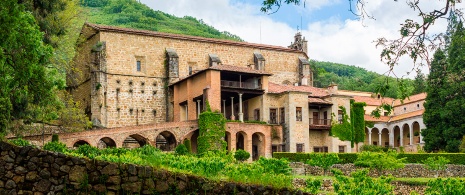
The Carlos V Trail
You can retrace the last journey of the Holy Roman Emperor Charles V on this route through the regions of Cantabria, Castile and Leon and Extremadura. The itinerary begins in Laredo (Cantabria), where the Emperor arrived in 1556 at the start of his journey to the Monastery of Yuste (in Cuacos de Yuste, Extremadura). Here he would spend his last days, retired from public life.
-
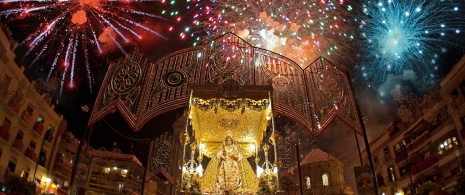
Pathways of Passion
Tradition, art and popular culture mark this route through inland Andalusia, in southern Spain. Follow the path to discover 10 villages in the provinces of Jaén, Cordoba and Seville. You can take part in Easter rituals that involve whole towns, discover ancestral crafts and enjoy the flavours of traditional local dishes.
-
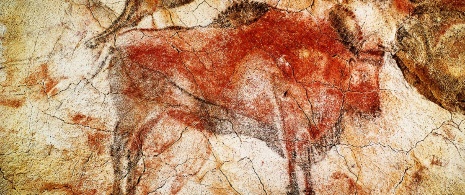
The Cave Art Route
Welcome to the world’s first art gallery! Here you can see the art of the earliest Europeans. We’re talking about Altamira and the Palaeolithic cave paintings of the Cantabrian coast, which together form a UNESCO World Heritage site, but there are many more caves, shelters and megalithic constructions in almost all of Spain where you can see art created by our distant ancestors.
-
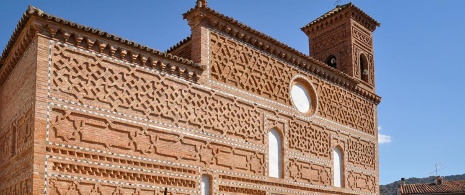
The Way of El Cid
This is a literary and historical route that follows in the footsteps of the legendary Cid Campeador, the protagonist of the famous 12th century Castilian poem “Cantar de Mío Cid”. The route passes through the regions of Castile and Leon, Castilla-La Mancha, Aragon and Region of Valencia, where you can visit UNESCO World Heritage sites such as Burgos, the Mudéjar architecture of Aragon, and the Palm Grove of Elche, as well as many natural spaces.
-
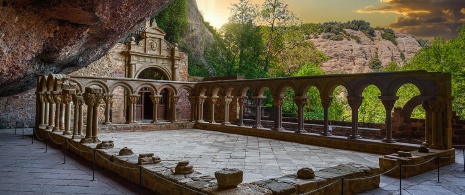
Cluny Ibérica - Cluniac Sites
If you're a lover of medieval history and religious architecture, this is the route for you. Throughout the tour, you'll be able to explore the traces of one of the most influential monastic orders of the Middle Ages. This route connects several monasteries and historical sites that were Particularly important in the Iberian Peninsula such as San Juan de la Peña (Jaca, Huesca), San Salvador de Oña (Burgos), San Martín de Frómista (Palencia) or San Salvador de Cornellana (Salas, Asturias). Prepare to experience what the monks of the time would have felt, explore incomparable cloisters or even spend the night within its walls.
-
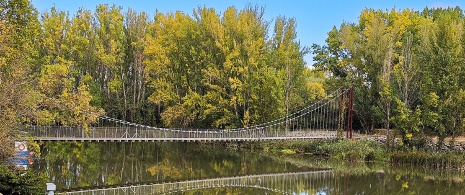
Castilla Canal
This route allows you to take in one of the most important and curious civil engineering projects in 18th-century Spain. The Canal of Castile was built to transport surplus grain from the interior of the Iberian Peninsula to the seaports of northern Spain through a system of canals and locks. This “artificial river” runs for more than 200 km through the provinces of Palencia, Valladolid and Burgos.Along this route, in addition to hopping on one of the tourist boats that travel along certain sections, you can take various hiking and cycling routes and explore the charming towns in the area.
-
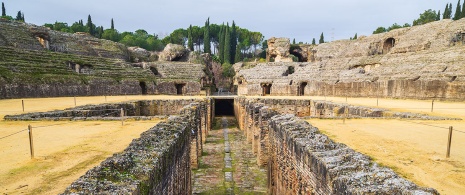
The Baetic Roman Route
It's time to travel through ancient Baetica, one of the regions of the Iberian Peninsula annexed to the Roman Empire between the 3rd and 5th centuries AD. This route passes through 12 cities in the Andalusian provinces of Seville, Cadiz and Cordoba. There, you can admire the archaeological complex of Italica in Santiponce or the Roman Bridge in the city of Cordoba, just two examples of the attractions on the route. Discover how the Romans transformed the customs and architecture of this area.
Travel plans for inspiring you


